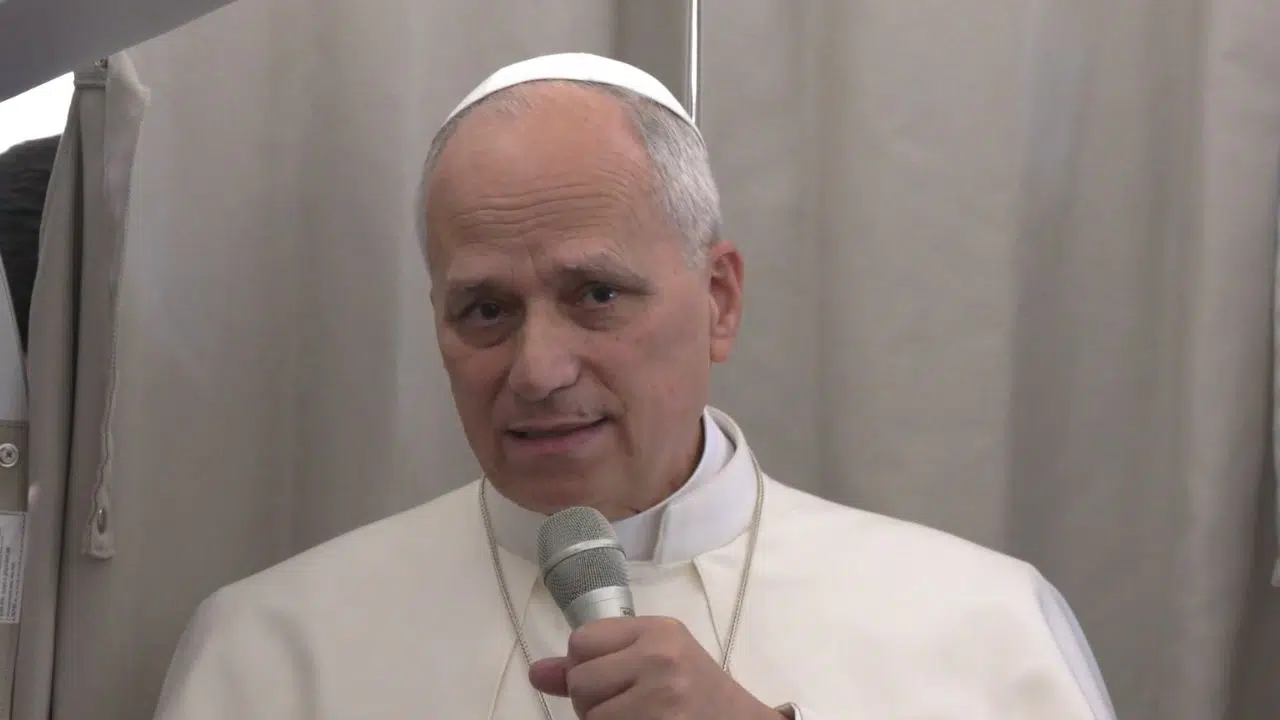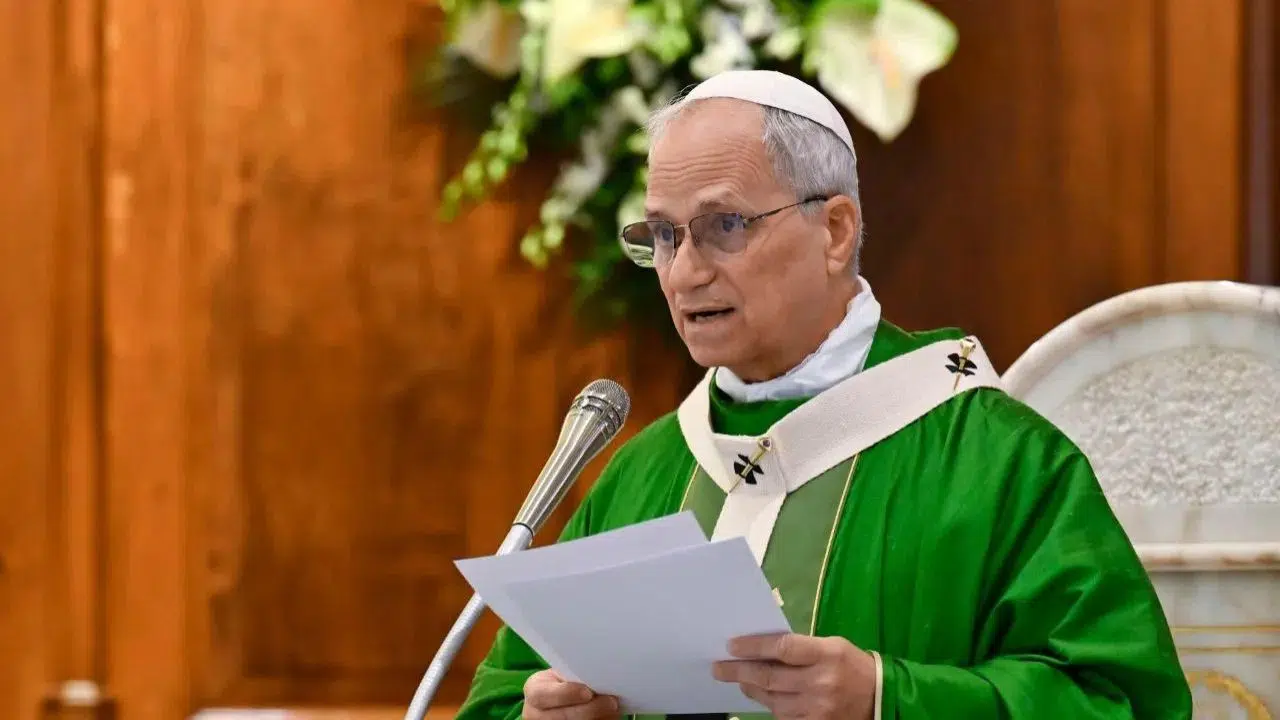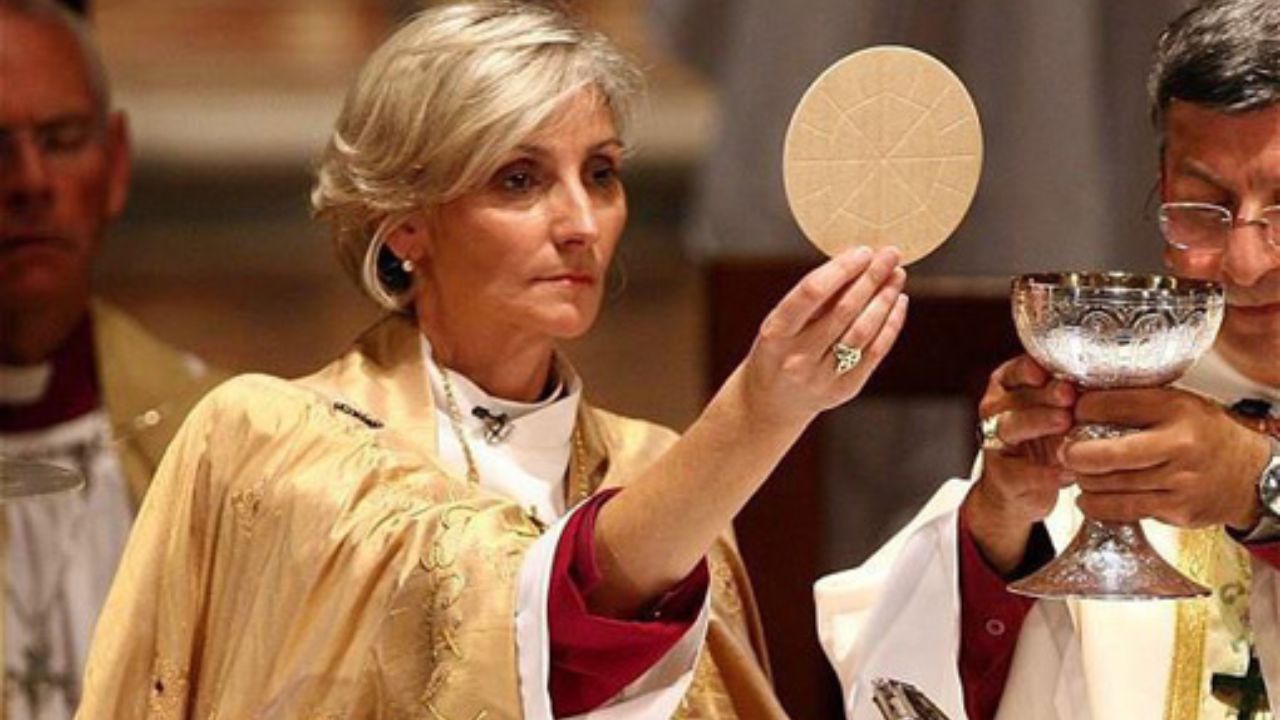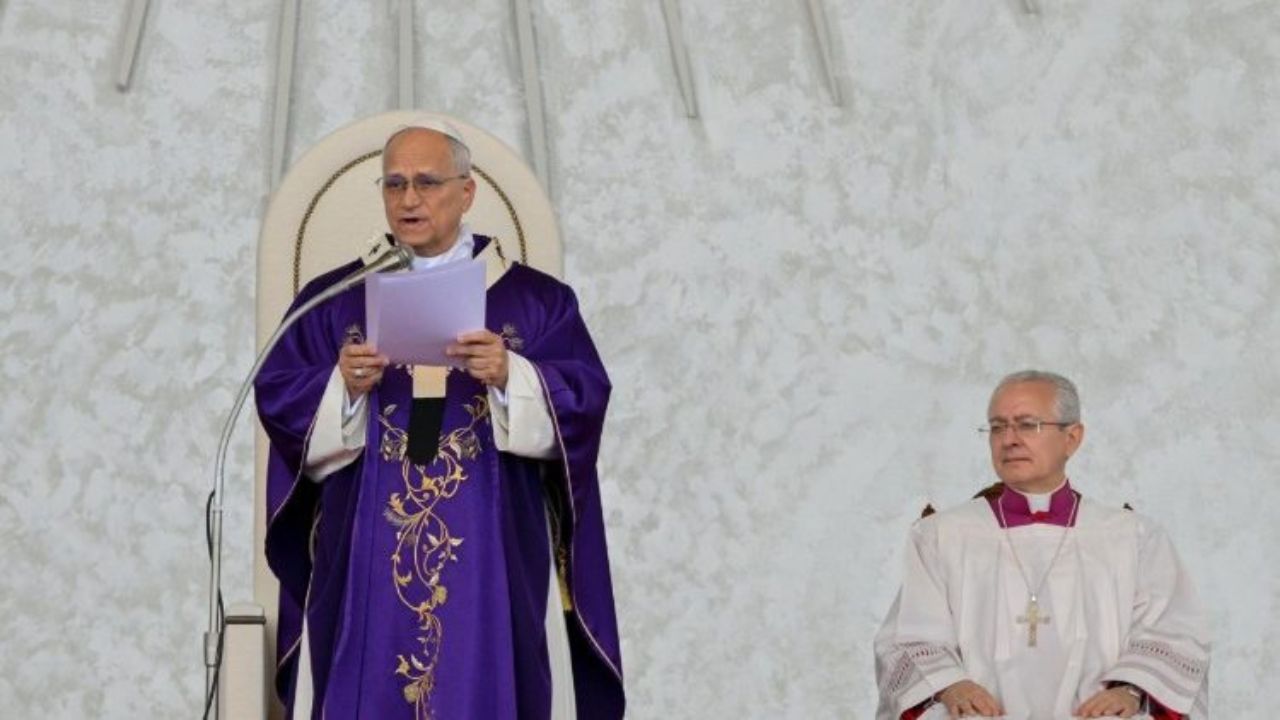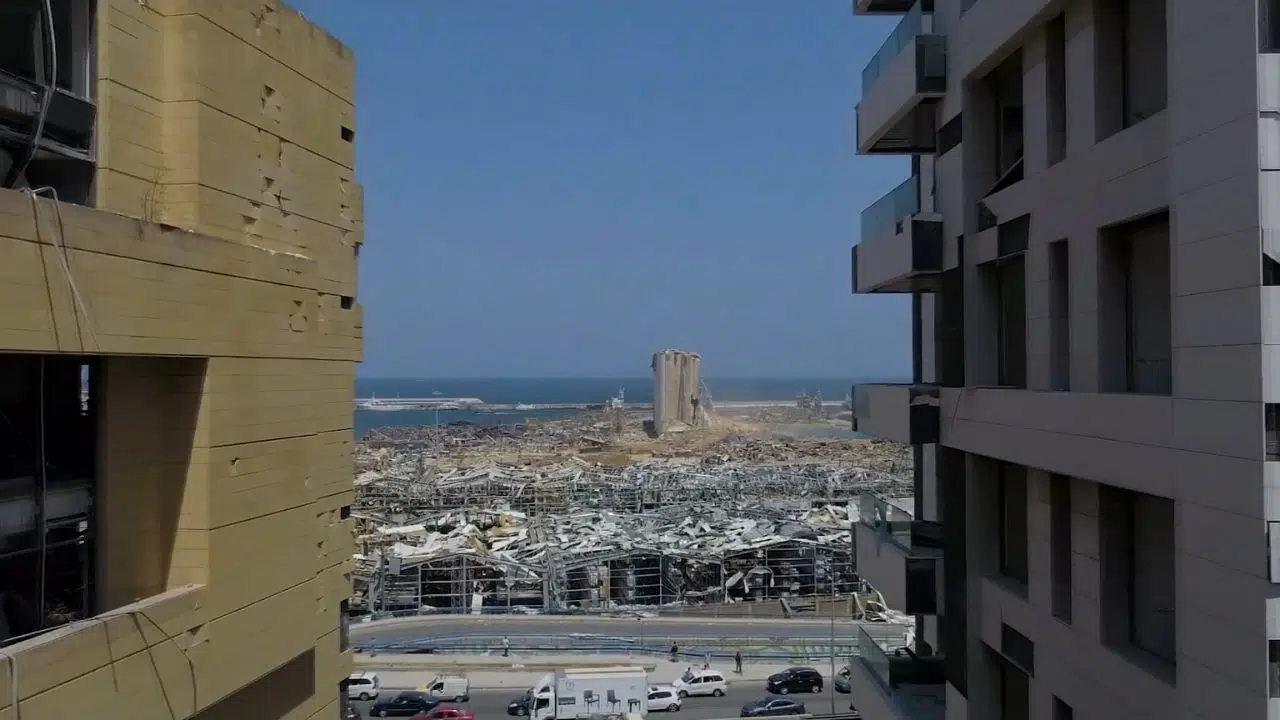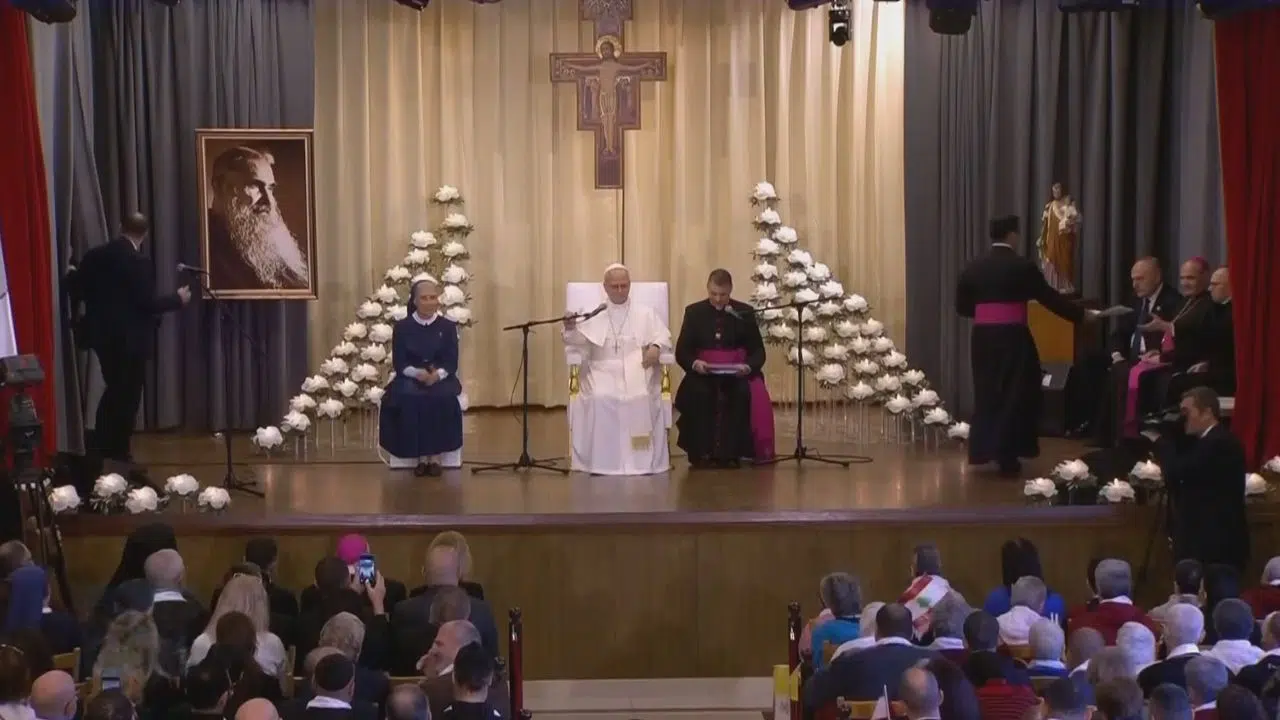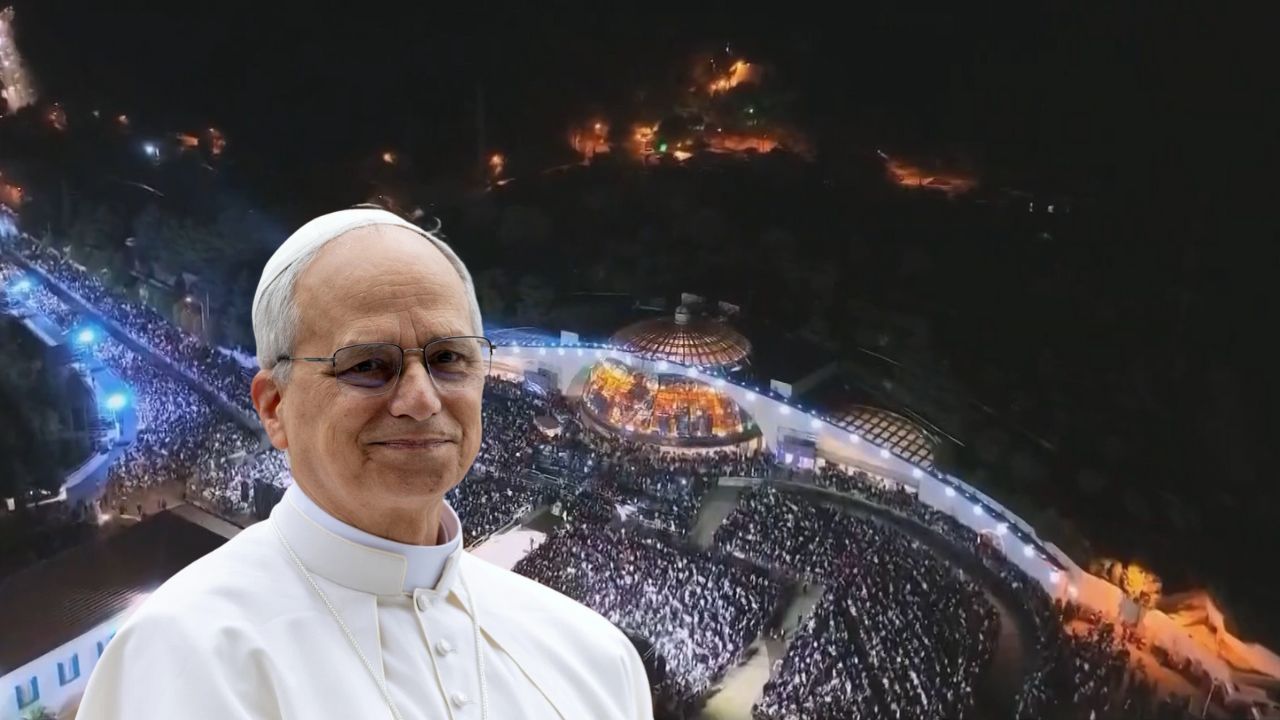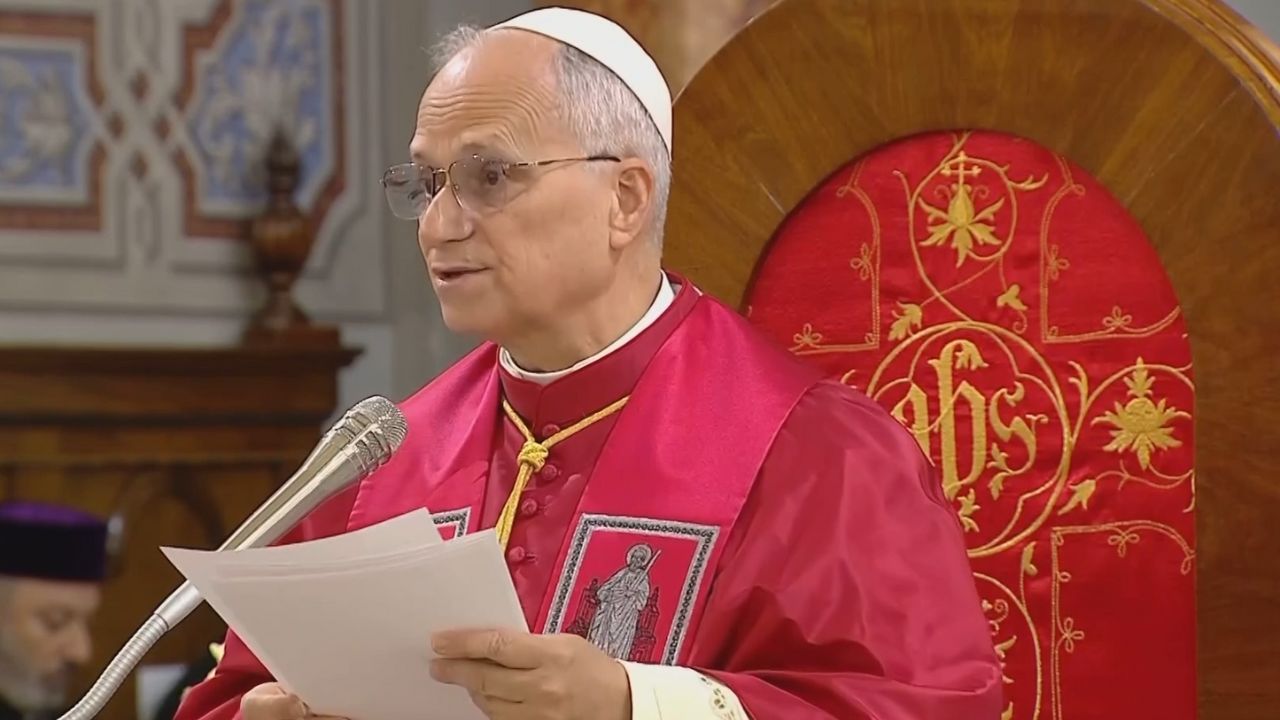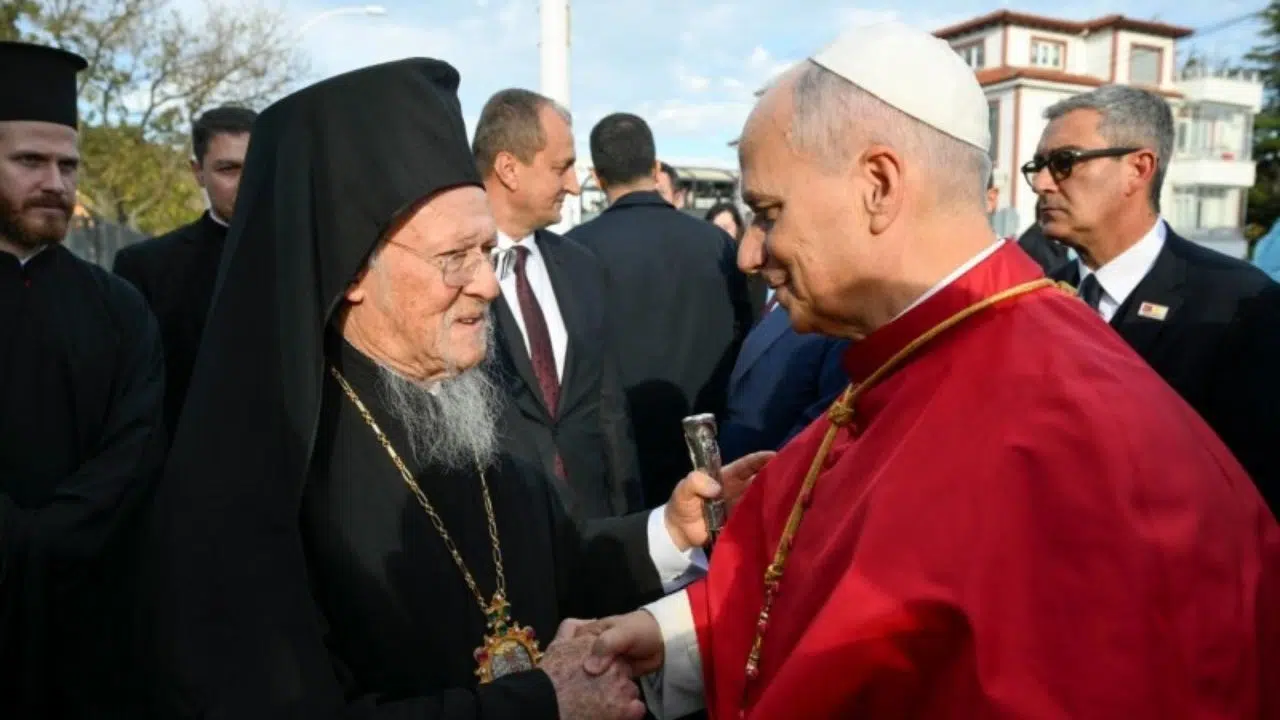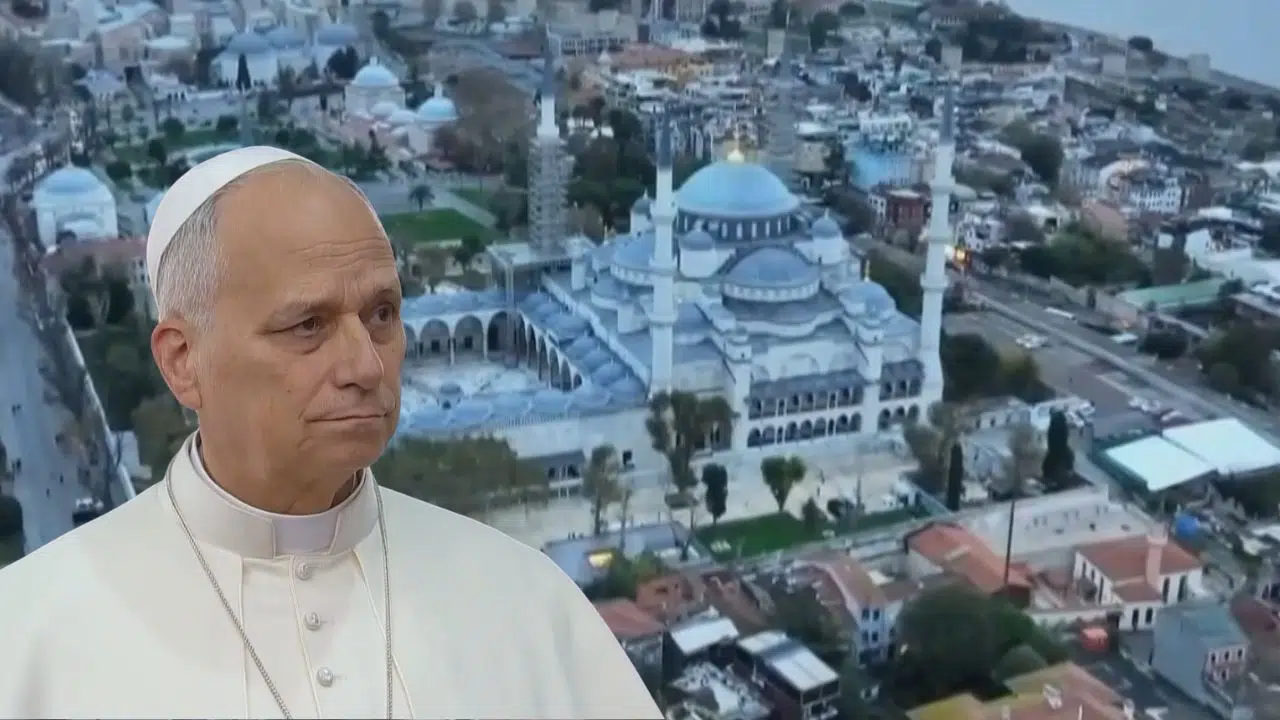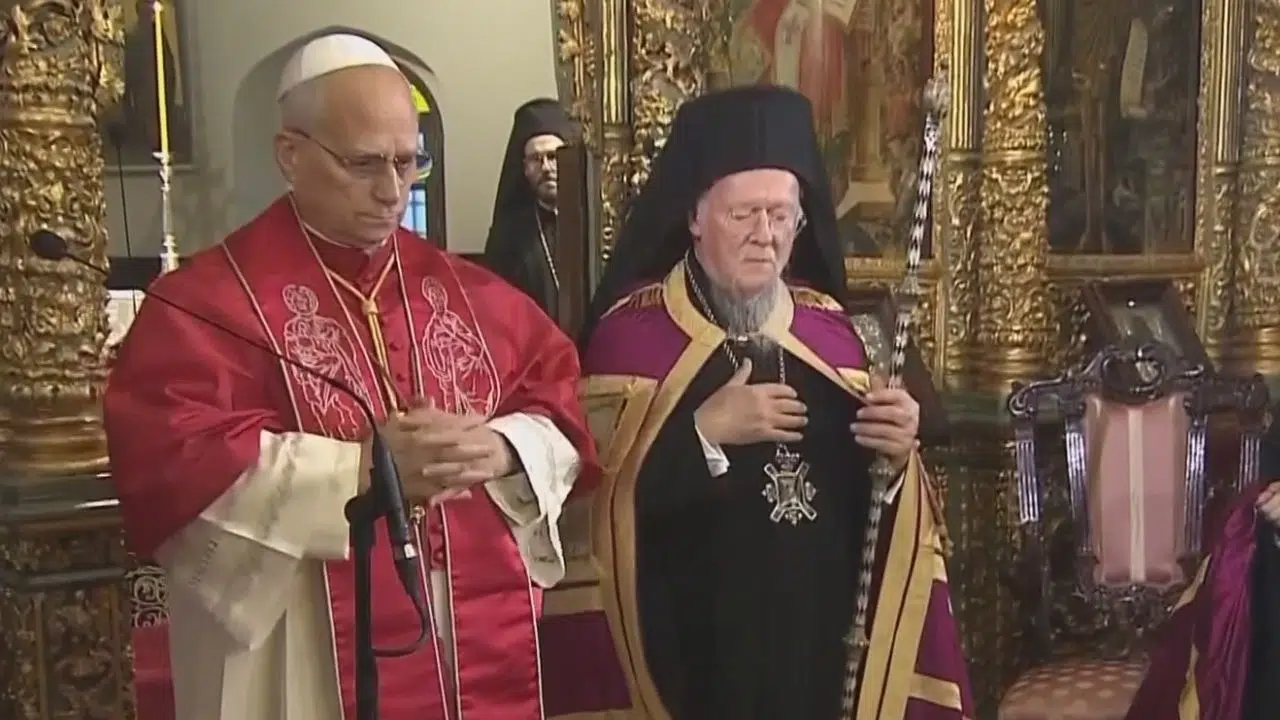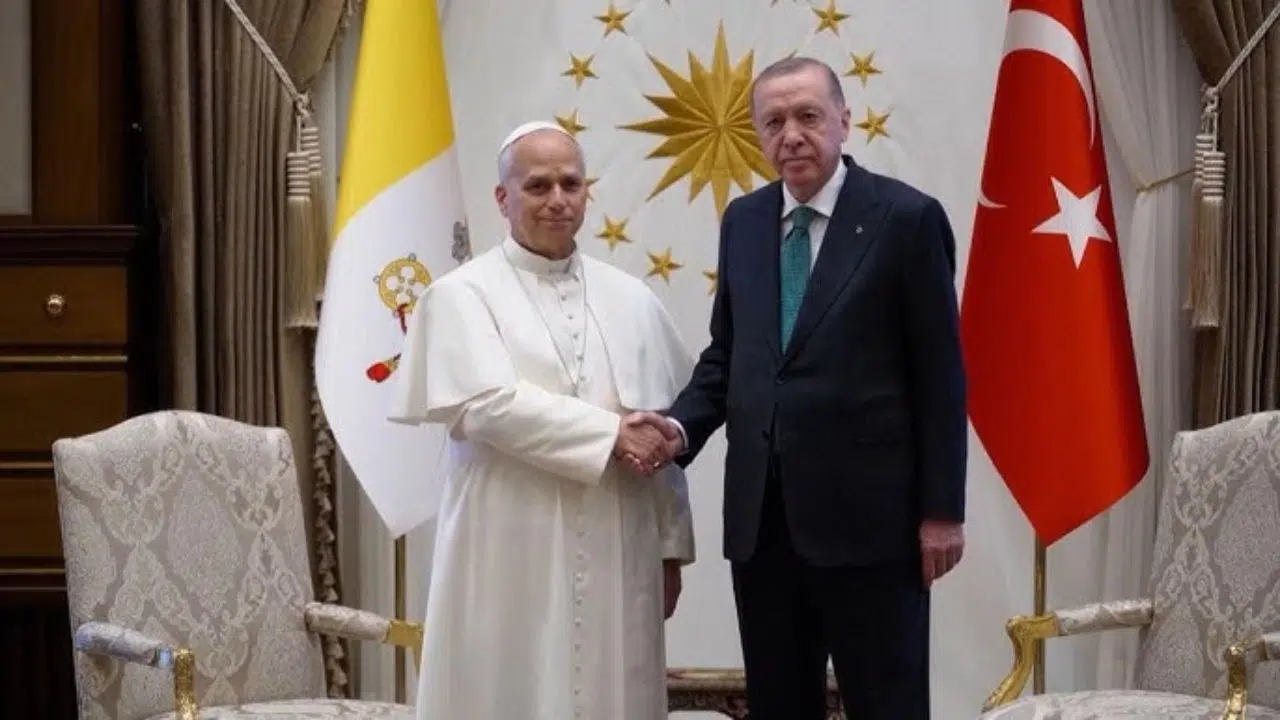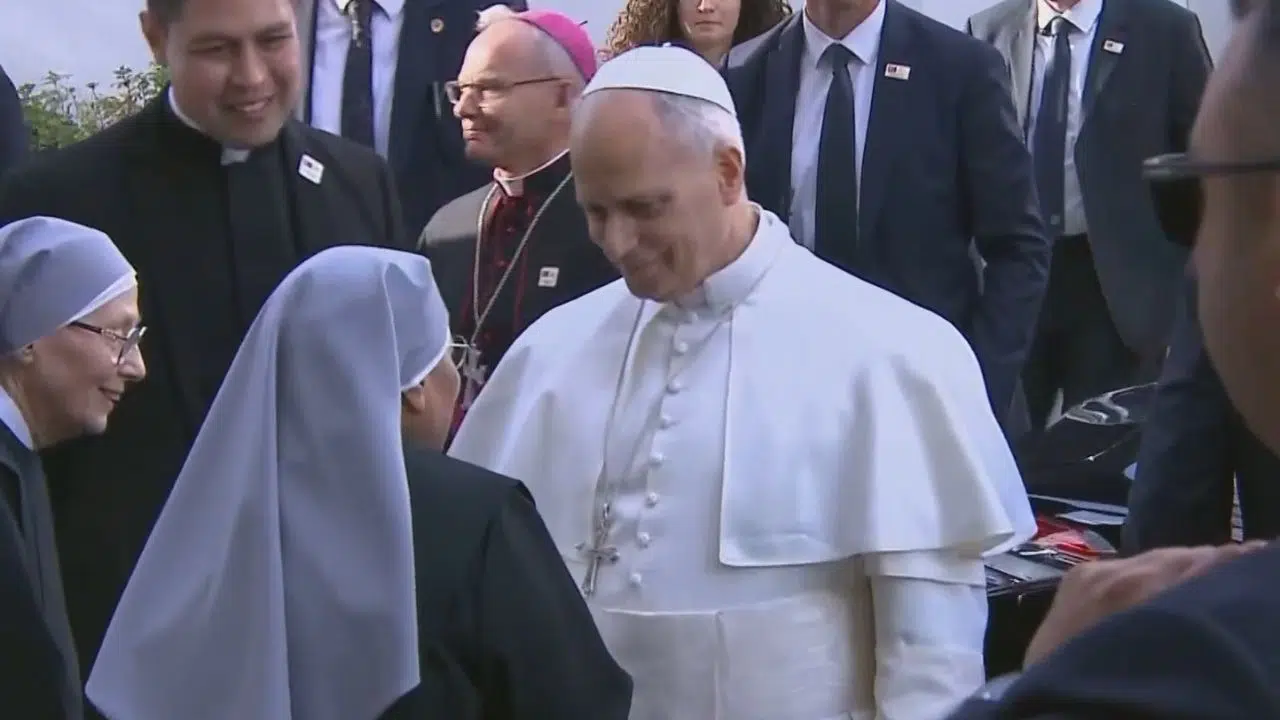If you pass through Raphael's rooms in the Vatican Museums, you will come to the room known as the Constantine Room, the largest of all those designed by the Italian Renaissance genius.
It was once thought that this room had been painted exclusively by his assistants. However, a restoration lasting almost ten years revealed some hidden secrets: Raphael actually finished two complete paintings before his death.
These are two allegories, represented by female figures. They are "Iustitia," which means "Justice," and "Comitas," which means "Courtesy." After the lengthy renovation of the room, the authorship is now officially attributed to Raphael for this reason.
FABRIZIO BIFERALI
Conservador, Dpto. de Arte (Museos Vaticanos)
Here Raphael painted two figures in oil, Justice and Courtesy, which also demonstrate how the Master initially intended to paint the entire room in oils, not fresco. It was therefore an experiment by an artist who was an innovator, a great experimenter. The artist died suddenly in 1520, painting in this room, and his students, unable to replicate his technique, returned to fresco.
The key point to understanding that these figures were by Raphael was discovered this way.
FABIO MORRESI
Responsable, Lab. de Investigación (Museos Vaticanos)
In practice, there's a nail for each corner of the brick that makes up the wall. Why? Because that wall is the only wall that Raphael's team had already prepared for the master to paint in oil.
The Constantine Room is one of Raphael's great masterpieces. According to experts, it can be considered his spiritual testament. Furthermore, the walls of the room breathe history. They depict crucial scenes from the "Rome of the Caesars" to the "Rome of the Popes."
CA
TR:GS
